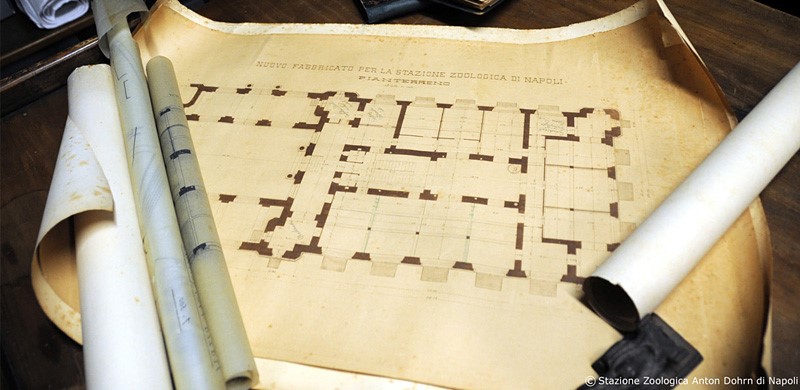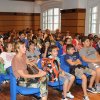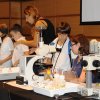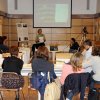 Tenders and Job Opportunities
Tenders and Job Opportunities Job calls
Job calls Scholarships and research fellowships
Scholarships and research fellowships Open Calls
Open Calls ENGLISH
ENGLISH Pages
Pages
Pages
Bioinformatics
| Service Name |
BIOINformatics FOR MArine biology Bioinformatics Services, Consultancy and Education |
| Department |
|
| Description |
The bioinformatics service starts with the funding of the BIOINforMA project (Bioinformatics for Marine Biology), a Stazione Zoologica Anton Dohrn flagship project aimed at the creation of a bioinformatics service for internal activities but also as support for external requests. The main purpose of the service is the design and development of advanced and innovative methodologies for the analysis, storage and integration of biological data, thus supporting the research based on “omics” technologies. Moreover, the service offers support for the management and the maintenance of hardware resources for high performance computing (HPC). |
| Services provided |
Data analysis:
Massive data maintenance:
Design, implementation and maintenance of dedicated databases and software Education and training in bioinformatics For further information please refer to the dedicated web page at http://bioinfo.szn.it/ |
| Equipments | High Performance Computing Machines available at the Service |
| Contacts |
+39 0815833452 / +39 0812539492 bioinforma(at)szn.it chiusano(at)unina.it |
Research and Experimentation in marine habitats
In Progress
Monitoring of marine environmental health
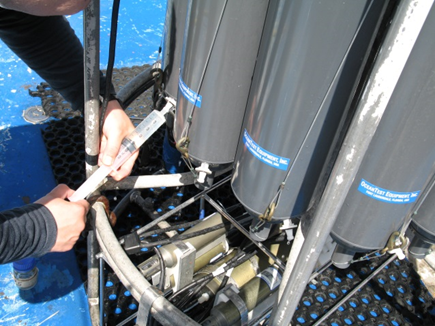 |
Monitoring and environmental consulting |
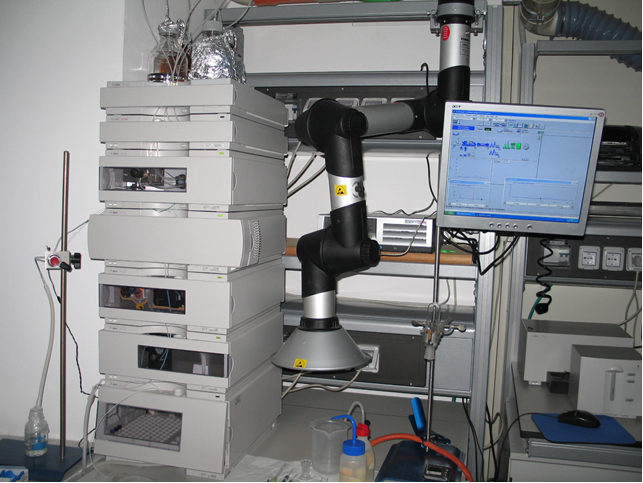 |
Analyses of environmental and biological variables |
Historical Archives
Staff
Alessandra Passariello
Andrea Travaglini
Contacts
Tel. +39 081 5833 274
e-mail: archivio.cape(at)szn.it
Contacts - Research Services
Grant and Innovation Office
Tel. +39 081 5833367
e-mail: gio(at)szn.it
Scientific Outreach
The Stazione Zoologica is also dedicated to the development of training programs, dissemination activities and promotion of the public awareness of the importance of marine biodiversity conservation. These activities are carried out either through the Public Aquarium, the centre for research on sea turtles and the Museum on marine biodiversity and evolution and the largest marine library in europe. The researchers of the Aquarium are also involved in research projects aimed at the protection, rescue and rehabilitation of large marine vertebrates. The Stazione Zoologica performs outreach activities designed to make everyone aware of the importance of enhancing the natural heritage of the Mediterranean and its habitats.
The Stazione Zoologica, since its foundation, has promoted, organized and hosted cultural events, open to the public, and based on the combination of Science and Art from different perspectives. The Aquarium, the constituting Museum of Biology and Evolution of marine organisms and the Marine Library are the evidences of this vocation. In 2008 the Stazione Zoologica created Committee for Science and Society aimed at developing a forum and opportunities for the communication and discussion related to the Biological Sciences to the widest audience.
Committee for Scientific Outreach
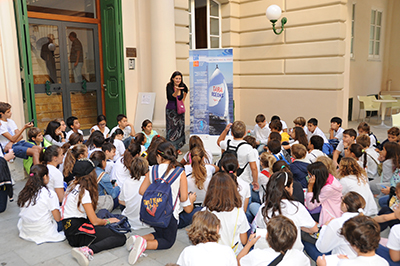
Il Comitato per la promozione della Divulgazione Scientifica ‐ Outreach fa riferimento all’Area di Terza Missione e ha il compito di coadiuvare le attività dell’Area di Terza Missione dell’Amministrazione e contribuisce alle attività dell’Ufficio di Disseminazione e Divulgazione per quel che riguarda la promozione della divulgazione scientifica e il Public engagement.
In particolare il CDS:
1. contribuisce alle attività di Public engagement (PE) per la promozione e la divulgazione dei risultati della ricerca attraverso la produzione di beni pubblici di natura sociale, educativa e culturale;
2. supporta la realizzazione delle iniziative individuali libere e delle attività di PE previste a livello di progetti di ricerca;
3. contribuisce all’elaborazione del programma annuale delle attività di divulgazione e PE della Stazione Zoologica con la relativa previsione di budget redatto dall’Ufficio di Disseminazione e Divulgazione, da proporre al Direttore ed al Presidente, che lo presenta nella versione finale al Consiglio di Amministrazione.
Il CDS è composto dai coordinatori/responsabili delle strutture aperte al Pubblico dell’Ente, da un rappresentante per ogni Dipartimento eletto tra il personale di ruolo, un rappresentante individuato ed eletto tra i dottorandi e i postdoc, un’unità di personale amministrativo con funzioni di segreteria.
Il Comitato può essere coadiuvato da ricercatori e professionisti esterni che possano contribuire alla comunicazione ed alla realizzazione delle attività intraprese.
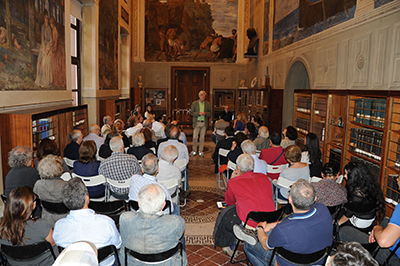 Dott.ssa Claudia Gili (Coordinator)
Dott.ssa Claudia Gili (Coordinator)
Stazione Zoologica and Schools
The Stazione Zoologica is internationally renowned for the expertise and the results of research in the marine environment and has always seen the public involvement as crucial. The research conducted at the SZN addresses the most important social challenges involving the sea. The primary objective of the activities SZN in the future will be to raise public awareness with the aim of improving the connection between science and citizens.
Researchers will have to make citizens understand what is happening in their laboratories and to keep them informed on the results of research and ongoing projects. With dedicated programs for training, the SZN improves the educational process of children of primary and secondary classes and increases their interest in science and technology, so they can become the researchers of tomorrow, and contribute to a science-literate society.
For further information please consult our Calendar and follow the activities of our Committee for Scientific Outreach
Museum of Marine Biology and Evolution for children
In Progress
Science school for children
Discovering Science WITH Scientists
The Zoological Station Anton Dohrn is internationally renowned for the expertise and the results of research on marine life and the public has been always involved. It is important to educate young people to respect the marine biodiversity and the habitats and ecosystems around us, especially at sea. The researchers of the SZN are permanently involved in this mission. The SZN improves the education of children of primary and secondary schools with dedicated training programs in order to increase their interest in science and technology, so as to become the researchers of tomorrow, and to contribute to a science-literate society.
The Aquarium and the Sea Turtle Research Centre, are the primary tools to transfer this knowledge and passion to young children, and to strengthen their environmental education, offering at once culture, science education and entertainment.










